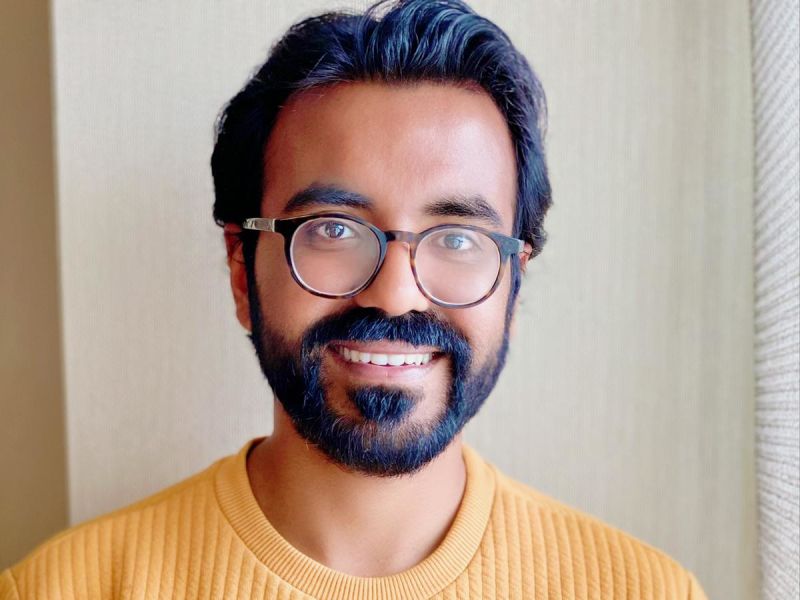
Tejas Chopra is a Senior Software Engineer, working in the Data Storage Platform team at Netflix, where he is responsible for architecting storage solutions to support Netflix Studios and Netflix Streaming Platform. Prior to Netflix, Tejas was working on designing and implementing the storage infrastructure at Box, Inc. to support a cloud content management platform that scales to petabytes of storage & millions of users. Tejas has worked on distributed file systems & backend architectures, both in on-premise and cloud environments as part of several startups in his career. Tejas is an International Keynote Speaker and periodically conducts seminars on Software Development & Cloud Computing and has a Masters Degree in Electrical & Computer Engineering from Carnegie Mellon University, with a specialization in Computer Systems.